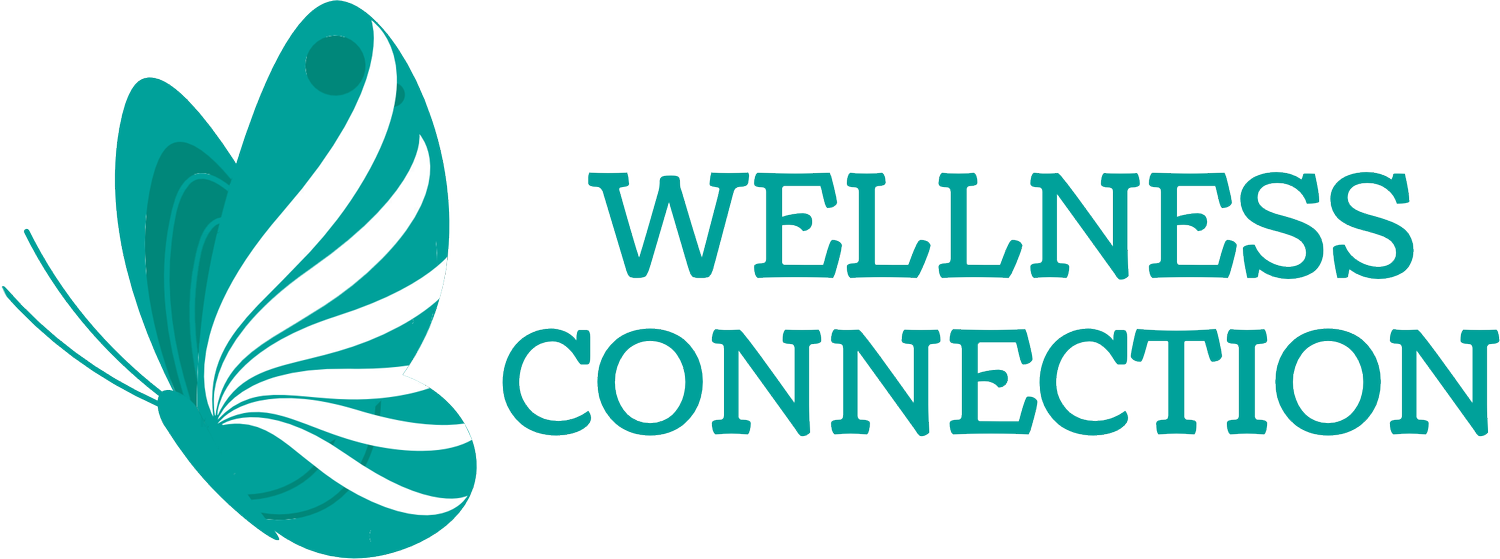Explore remote care solutions tailored to your organization's needs.
Design the perfect program tailored to your needs and mission.
Comprehensive remote care solutions tailored for every healthcare group.
Physician Practices
A remote care program is within reach for small to mid-size practices because we’ve got everything covered. Our remote patient monitoring software is simple to implement and easy to use. With our clinical monitoring services, your team won’t have to take on extra work. We handle eligibility verification, patient onboarding, device delivery, licensed nurse monitoring, and billing support.
Monitoring patients with chronic conditions can significantly impact their health by providing real-time data from devices directly to the platform. While patients with chronic conditions regularly visit their physicians, you often lack insight beyond in-office vitals and symptom updates. Remote patient monitoring bridges this gap with daily readings, offering more data to make informed treatment decisions and ensuring continuity of care.
Value-based Care
For value-based care (VBC) organizations, remote patient monitoring (RPM) is a crucial tool for enhancing patient outcomes by tying reimbursement to care quality.
RPM empowers VBCs to deliver high-quality care beyond the exam room in several ways. It plays a pivotal role in boosting patient engagement and satisfaction through regular communication between providers and patients. Continuous monitoring of vitals supplies care teams with valuable data, resulting in improved patient health outcomes such as reduced blood pressure, weight loss, and stabilized A1C levels. Additionally, RPM enhances clinical efficiency, enabling you to care for more patients remotely with the support of technology and clinical monitoring services..
FQHCs
Federally Qualified Health Centers (FQHCs) play a crucial role in providing care to underserved patient communities who may otherwise lack access. Your mission is to promote health and wellness in these populations, and remote care offers a valuable way to achieve this.
Remote care programs bring significant benefits to FQHCs and the patients they serve. Many FQHCs manage a high number of chronic disease patients, requiring close monitoring of vitals and medication adherence. However, beyond regular physician follow-up visits, FQHCs often lack data on their patients' day-to-day disease management.
RPM can change this by fostering greater connectedness and continuity of care. These programs provide consistent vital readings and ongoing communication between patients and care teams. These interactions can include reminders to use devices, take medications, or address patient questions. Additionally, if vitals reach concerning levels, physicians receive immediate alerts, allowing for timely intervention and reducing the risk of emergency visits or hospitalizations.
Hospitals and health systems
A remote care program empowers clinical outcome improvement at scale. Regardless of your patient population size, you can design a plan that ensures equitable care, whether managed by your team or our licensed nurses.
Implementing such a program gives your health system a competitive edge by enhancing patient engagement. Our remote patient monitoring platform is built for health systems, offering tools to share data, track progress, and measure performance. Additionally, our solutions support coding and billing to streamline operations.
ACOs
Accountable Care Organizations (ACOs) can leverage remote patient monitoring (RPM) to better manage their highest-risk patients. By continuously monitoring chronic conditions and acting swiftly, RPM helps reduce hospitalizations and emergency department (ED) visits.
A key feature in our platform that ACOs credit for preventing emergency care is the escalation framework. When critical readings are detected, physicians can intervene immediately, preventing further complications.
The health data gathered from your patient population provides physicians with deeper insights into treatment effectiveness and disease progression, enabling more proactive and informed decision-making.

